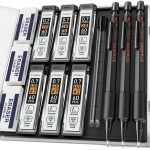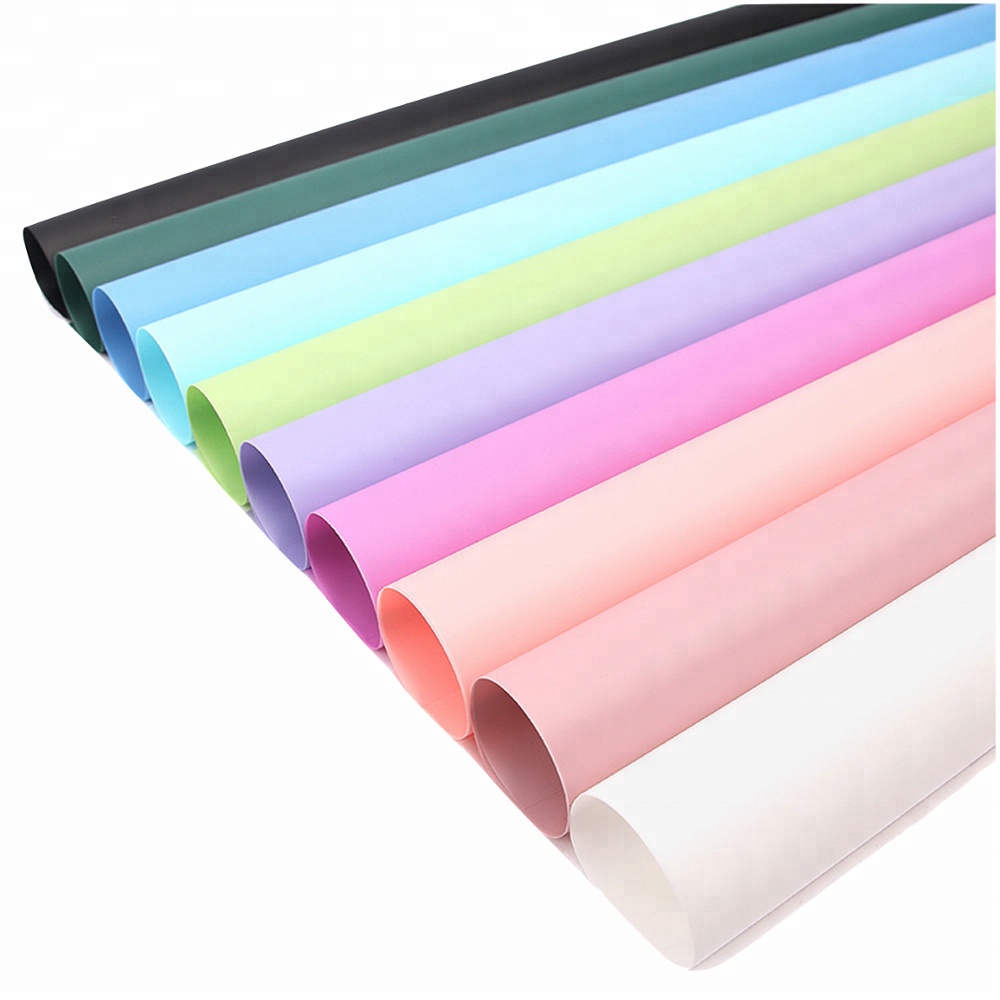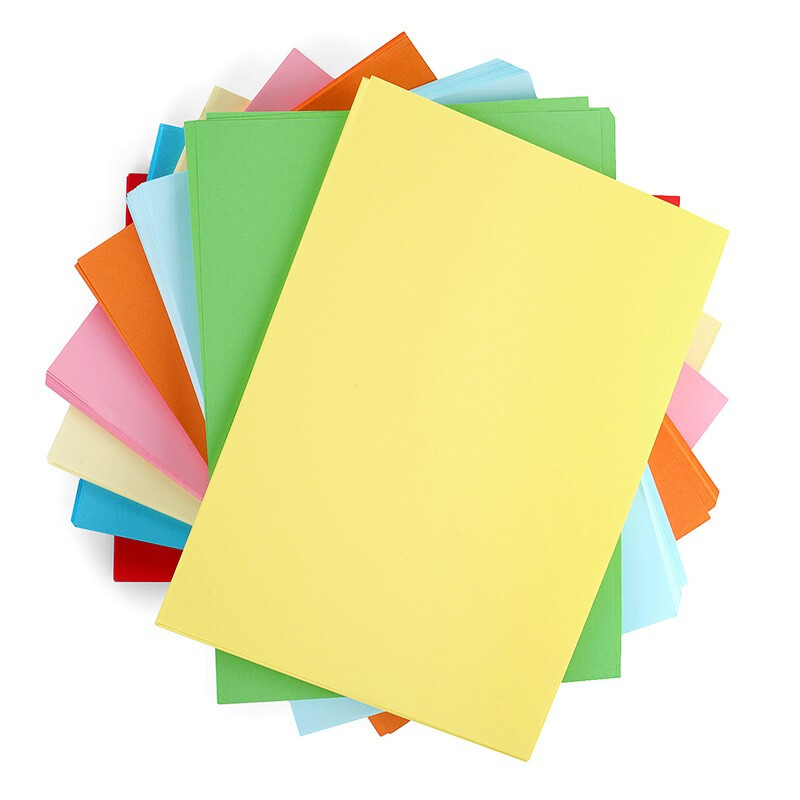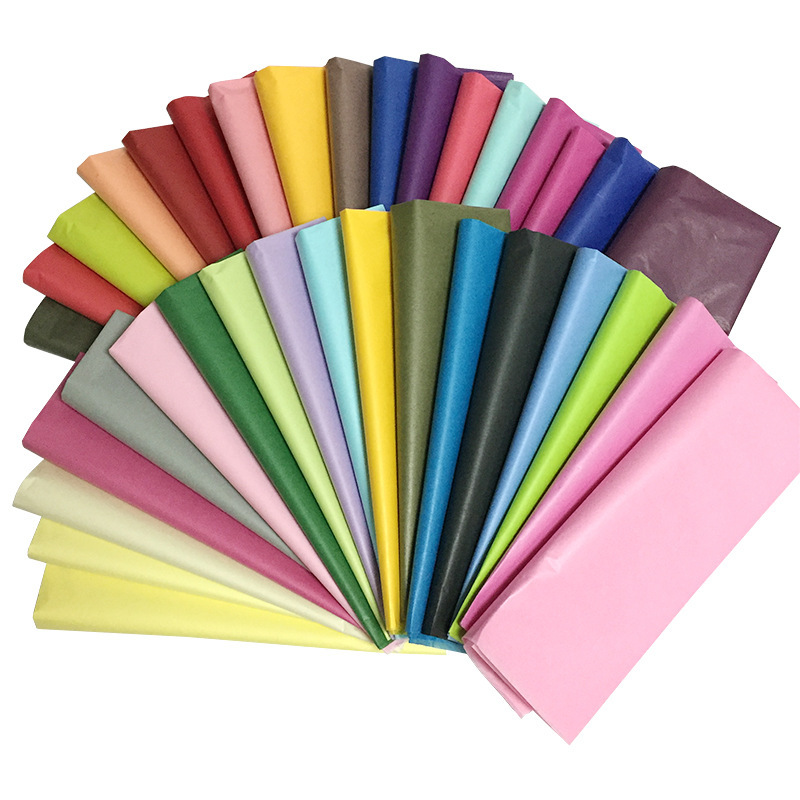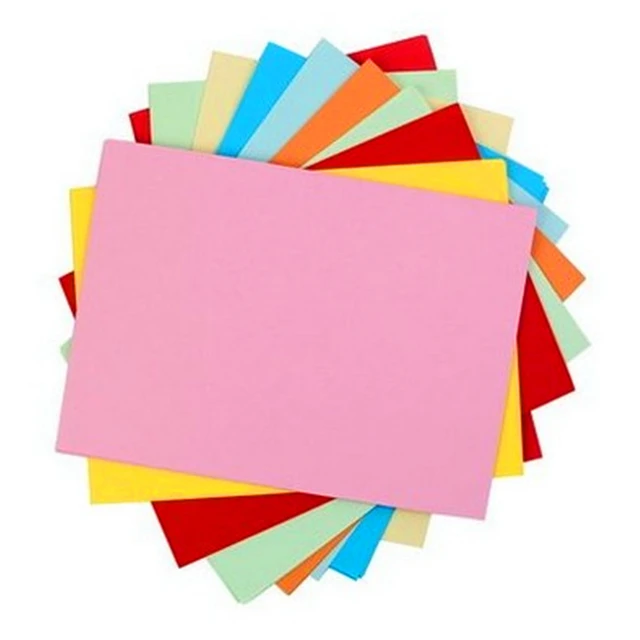Weight of printer paper is an essential office and household supply, used for printing documents, photos, and other materials. One important characteristic of printer paper is its weight, which can vary depending on the intended use and printing requirements. In this comprehensive analysis, we delve into the different weights of printer paper, their significance, and how they impact printing quality and performance.
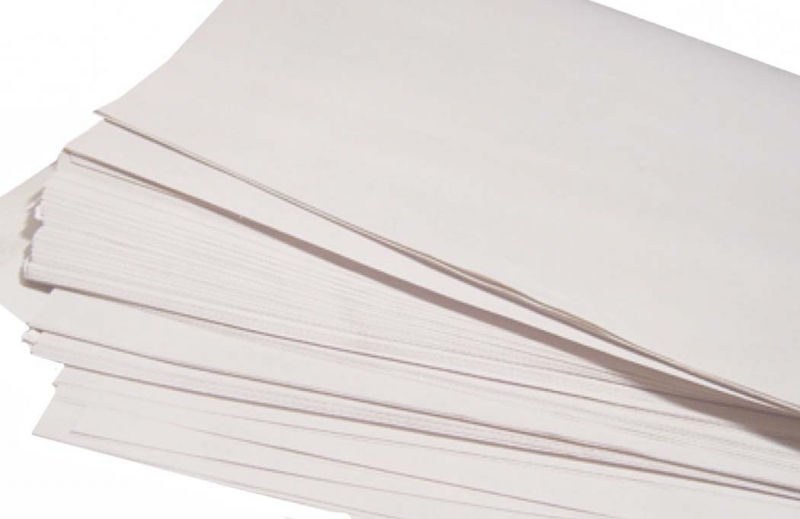
Understanding Paper Weight
Paper weight refers to the thickness and density of paper, typically measured in grams per square meter (gsm) or pounds (lb). The weight of printer paper can vary widely, ranging from lightweight options suitable for everyday printing to heavier stocks designed for specialized purposes.
Common Weights of Printer Paper
- Standard Weight (20 lb/75 gsm): Standard printer paper, also known as copy paper, typically has a weight of 20 pounds per ream of 500 sheets. This weight is suitable for most everyday printing tasks, including text documents, drafts, and internal communications.
- Lightweight (16-18 lb/60-68 gsm): Lightweight printer paper is thinner and more economical, making it suitable for high-volume printing in offices or classrooms where cost efficiency is a priority. However, it may be less durable and prone to show-through when printing on both sides.
- Midweight (24-28 lb/90-105 gsm): Midweight printer paper offers increased durability and opacity compared to standard weight paper, making it suitable for double-sided printing, presentations, and marketing materials. It provides a balance between affordability and quality.
- Heavyweight (32 lb/120 gsm and above): Heavyweight printer paper is thicker and sturdier, making it ideal for high-quality prints, such as photos, brochures, and promotional materials. It offers enhanced opacity and durability, reducing the risk of bleed-through and improving color vibrancy.
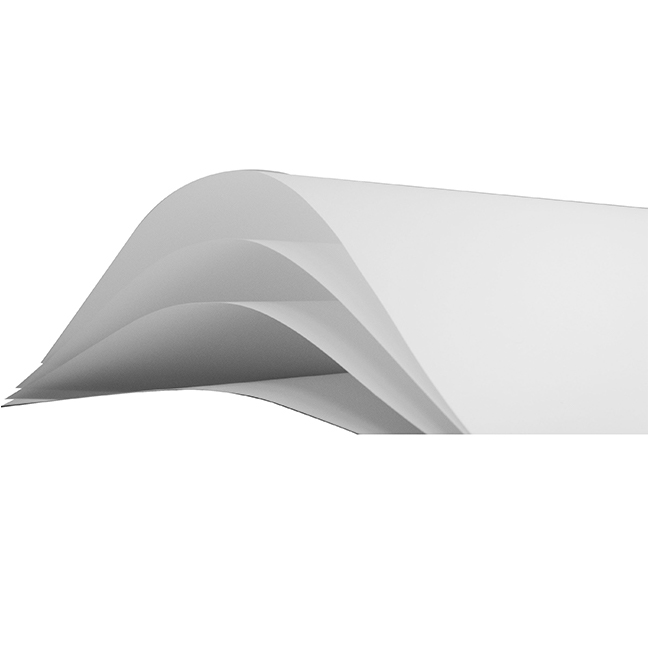
Factors Influencing Paper Weight Selection
- Printing Application: The choice of paper weight depends on the specific printing application and desired outcome. For basic documents and drafts, lighter weights may suffice, while heavier weights are preferred for professional presentations and marketing materials.
- Printer Compatibility: It’s important to ensure that the chosen paper weight is compatible with the printer’s specifications and capabilities. Some printers may have limitations on the thickness and weight of paper they can accommodate, which can affect print quality and performance.
- Media Type: Different types of printer paper pixel size, such as matte, glossy, or specialty stocks, may have varying weight options to suit specific printing requirements. For example, photo paper typically has a heavier weight to support high-resolution printing and vibrant color reproduction.
- Budget Considerations: Paper weight can also impact cost, with heavier weights generally commanding a higher price per sheet. Balancing printing requirements with budget constraints is important when selecting the appropriate paper weight for a given project or application.
How to choose printer paper
Choosing the right printer paper is essential for achieving optimal print quality and performance. With a wide range of options available, selecting the perfect paper can seem daunting. In this comprehensive guide, we will explore key factors to consider when choosing printer paper, including paper type, weight, size, finish, and environmental impact. By understanding these factors, you can make informed decisions to ensure that your printed materials meet your specific needs and requirements.
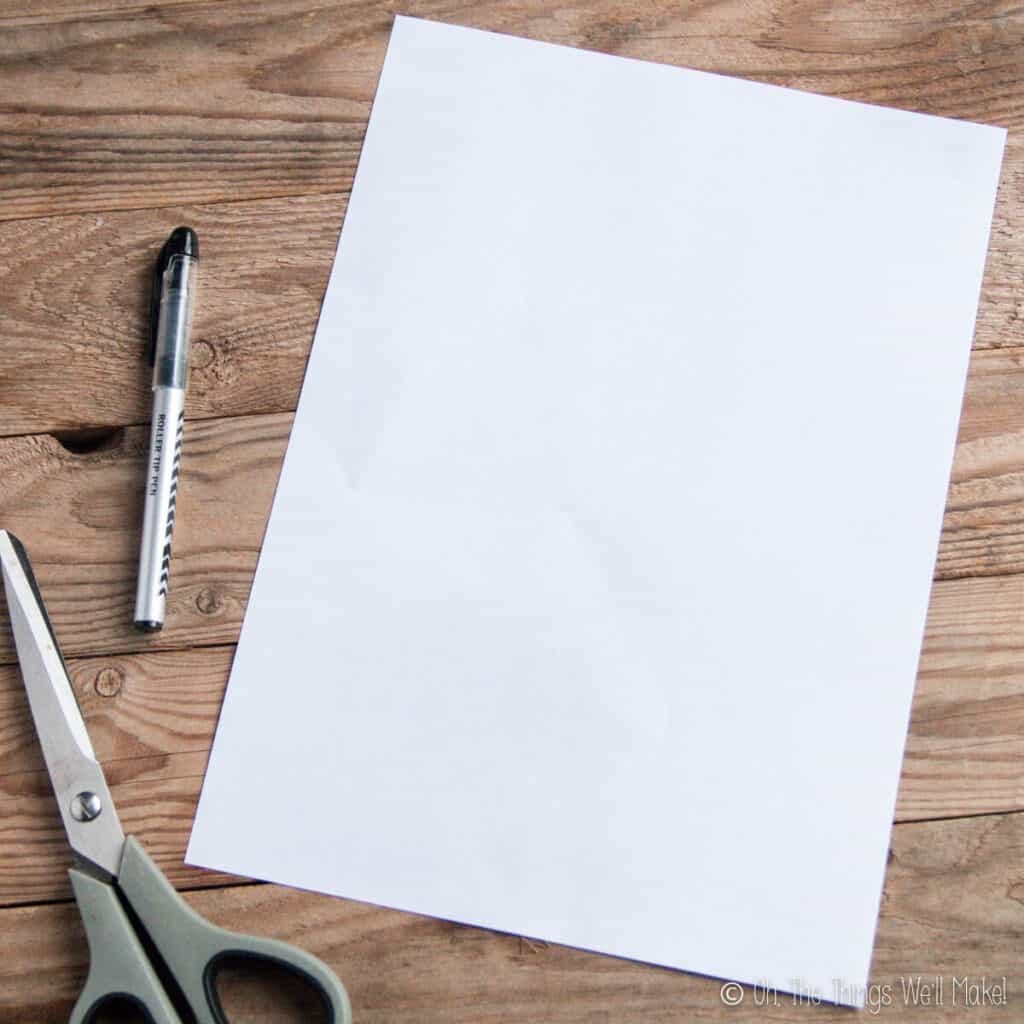
Understanding Paper Types
Printer paper comes in various types, each designed for specific printing applications. Understanding the different paper types will help you select the most suitable option for your needs:
- Multipurpose Paper: Also known as copy paper, multipurpose paper is versatile and suitable for everyday printing tasks such as documents, reports, and drafts.
- Inkjet Paper: Specifically designed for inkjet printers, this paper thickness has a smooth surface that allows ink to be absorbed evenly, resulting in sharp and vibrant prints.
- Laser Paper: Optimized for laser printers, laser paper has a higher opacity and smoother surface to ensure toner adhesion and prevent smudging.
- Photo Paper: Available in glossy, matte, or satin finishes, photo paper is designed for printing high-quality photographs with vivid colors and sharp details.
- Specialty Paper: Specialty paper includes options such as cardstock, labels, envelopes, and transparencies, each tailored for specific printing requirements.
Considerations for Paper Weight
Paper weight refers to the thickness and density of paper, typically measured in pounds (lb) or grams per square meter (gsm). The choice of paper weight depends on factors such as printing application, durability, and cost:
- Standard Weight (20 lb/75 gsm): Suitable for everyday printing tasks, standard weight paper is economical and ideal for documents, emails, and memos.
- Heavyweight (24 lb/90 gsm and above): Heavyweight paper offers increased durability and opacity, making it suitable for double-sided printing, presentations, and marketing materials.
- Specialty Weights: Specialty papers may come in lighter or heavier weights depending on the intended use, such as lightweight paper for high-volume printing or heavyweight cardstock for invitations and greeting cards.
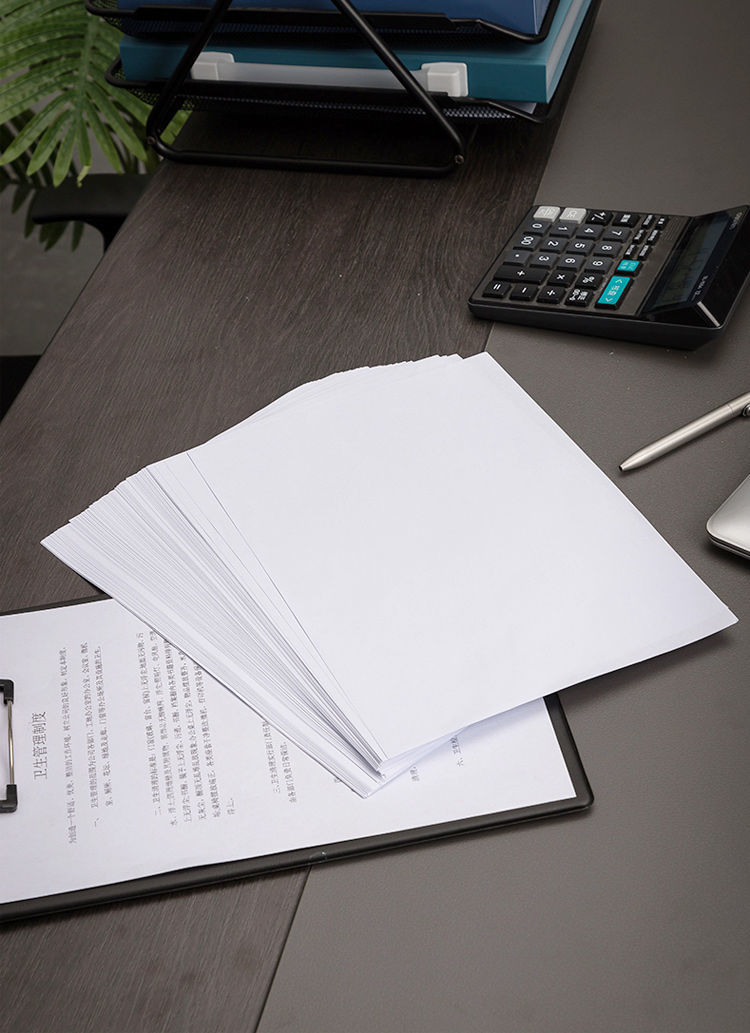
Choosing the Right Size
Printer paper comes in standard sizes such as letter (8.5″ x 11″), legal (8.5″ x 14″), and tabloid (11″ x 17″). When selecting paper size, consider the printer’s paper tray capacity and compatibility with your printing project:
- Letter Size: The most common size for everyday printing tasks such as documents, letters, and presentations.
- Legal Size: Ideal for printing contracts, agreements, and legal documents that require additional space.
- Tabloid Size: Suitable for printing large-format documents, posters, and spreadsheets that need to be displayed prominently.
Choosing the Right Finish
The finish of printer paper refers to its surface texture and appearance. Common finishes include:
- Glossy: Produces vibrant colors and sharp details, making it ideal for photographs and marketing materials.
- Matte: Offers a non-reflective surface and smooth texture, suitable for text-heavy documents and presentations.
- Satin: Combines the benefits of glossy and matte finishes, providing a subtle sheen with reduced glare.
Consider the visual impact and readability of your printed materials when selecting the appropriate finish for your printer paper.
Environmental Considerations
In addition to performance and quality, consider the environmental impact of your paper choice. Look for options that are made from sustainably sourced materials, certified by organizations such as the Forest Stewardship Council (FSC) or the Sustainable Forestry Initiative (SFI). Recycled paper is another eco-friendly option that helps reduce waste and conserve natural resources.
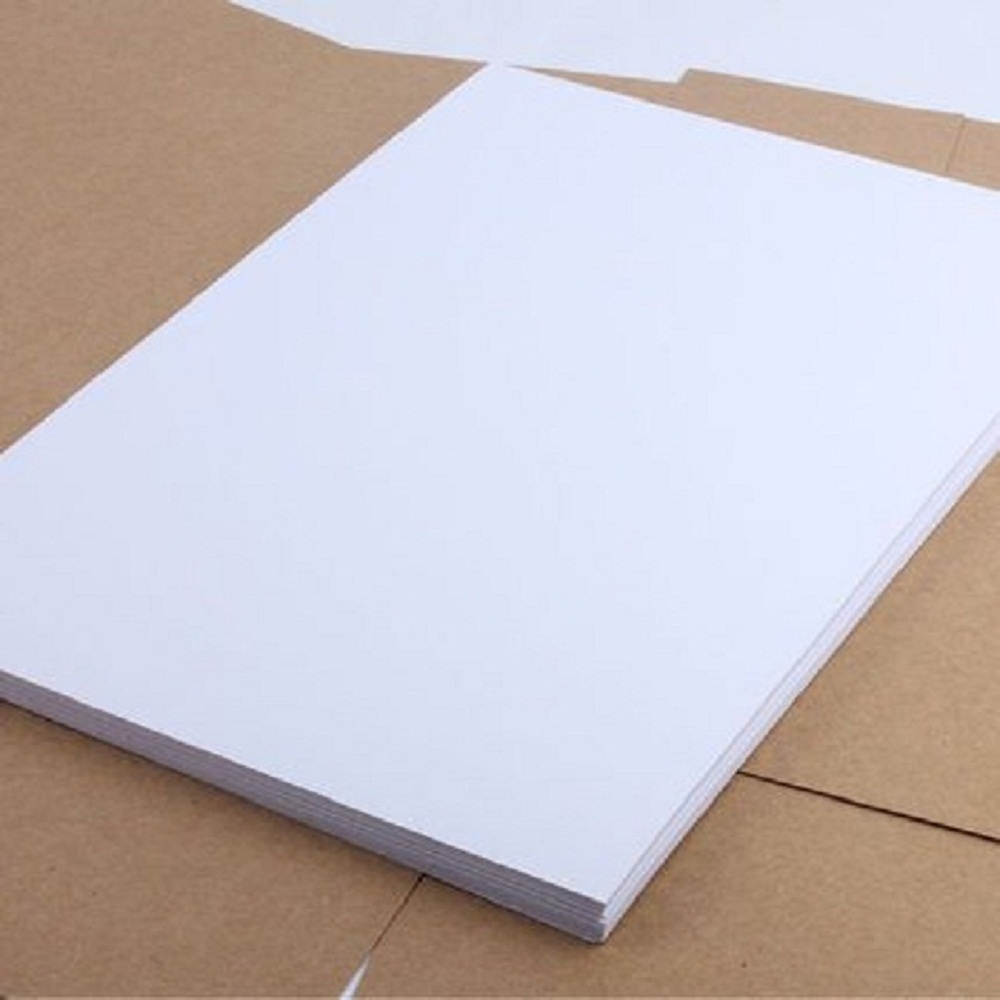
Conclusion
In conclusion, the weight of printer paper plays a crucial role in determining its suitability for various printing tasks, ranging from everyday documents to high-quality prints and marketing materials. Understanding the different weights of printer paper, their characteristics, and factors influencing selection is essential for achieving optimal print quality, durability, and cost efficiency.
By considering the specific requirements of each printing application, as well as printer compatibility and budget constraints, individuals and businesses can make informed decisions when choosing the appropriate paper weight for their needs. Whether it’s lightweight copy paper for routine office tasks or heavyweight photo paper for professional-quality prints, selecting the right paper weight is key to achieving satisfactory results in any printing endeavor.




